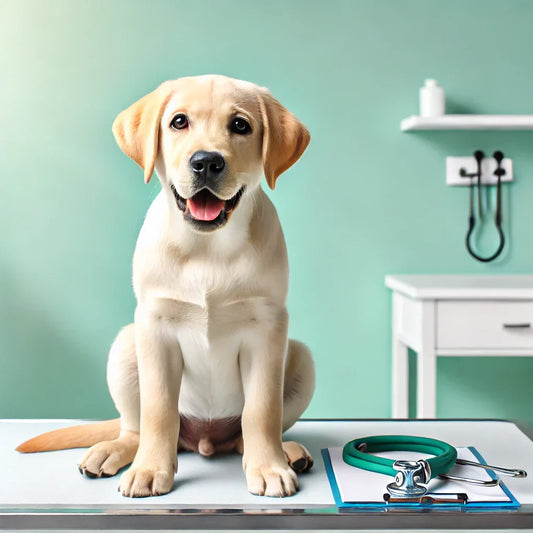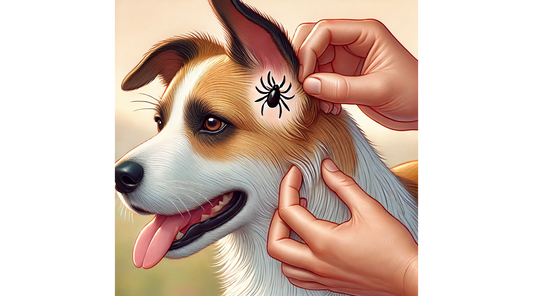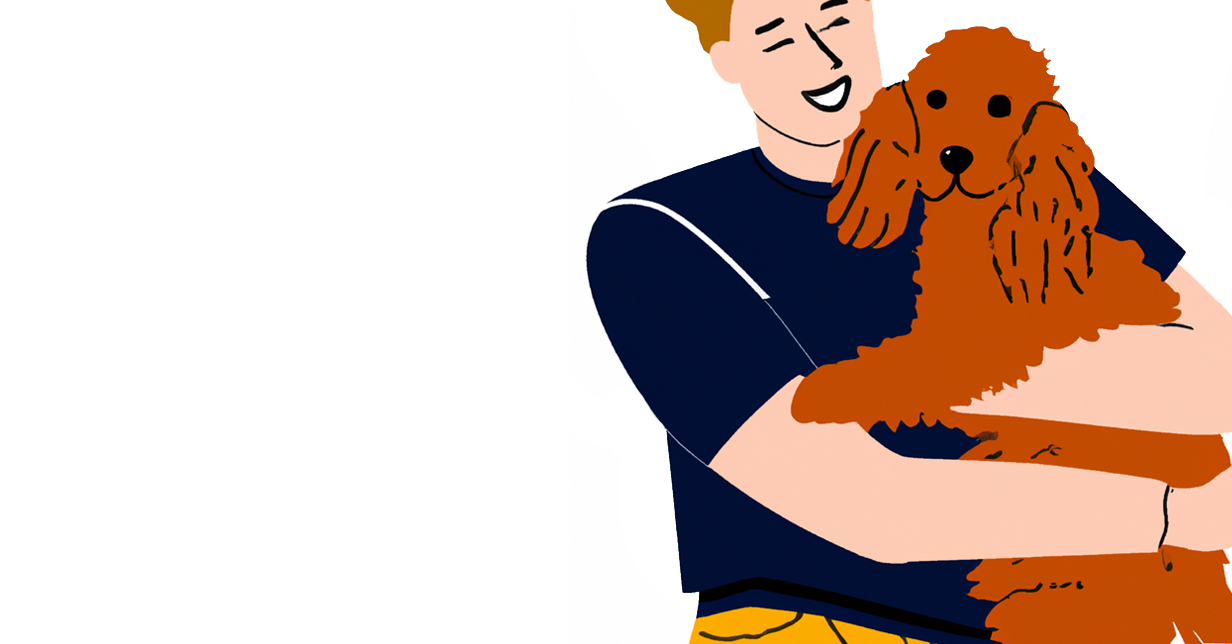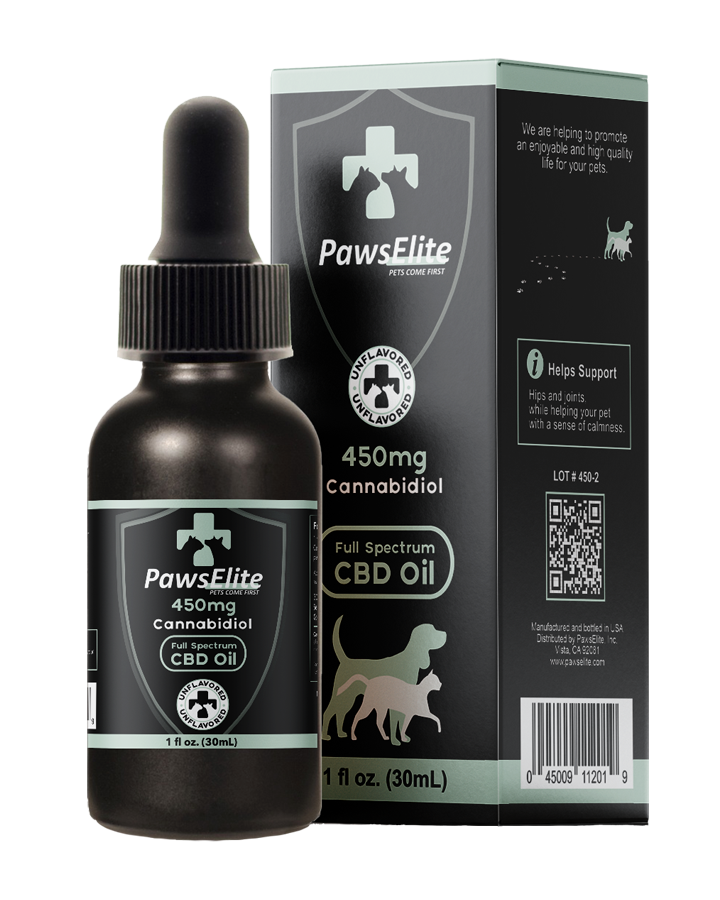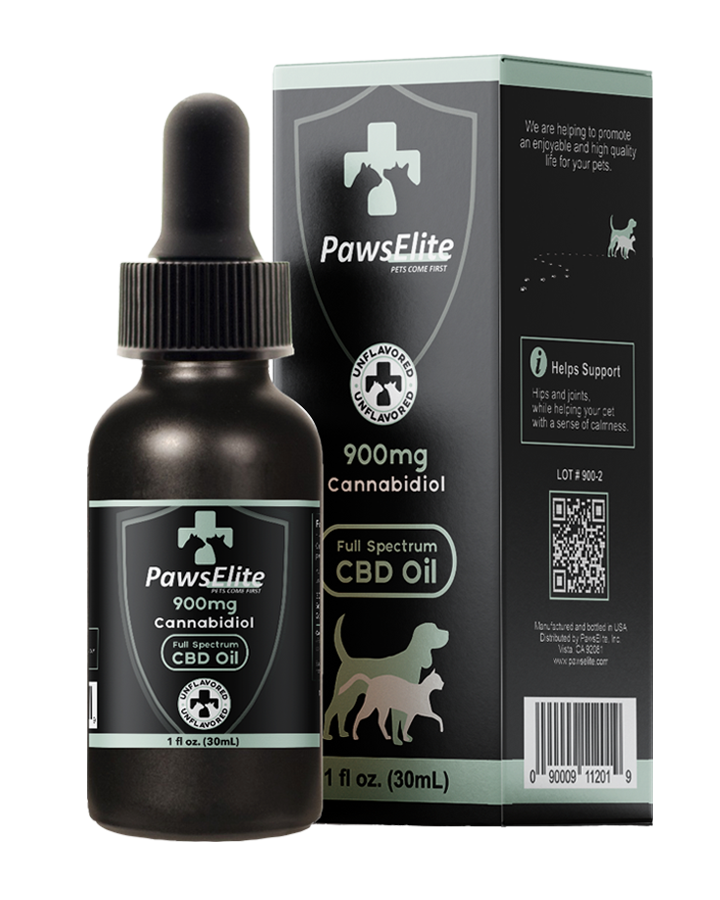
Can Dogs Eat Raw Chicken?
Share
Raw chicken is often perceived as a potential health hazard due to its association with harmful bacteria that can cause serious illness in humans. We're ingrained with the importance of handling chicken with extreme caution to avoid foodborne illnesses. However, amidst these concerns lies a common query among pet owners: 'Can Dogs Eat Raw Chicken?' This question arises from the dual responsibilities of ensuring our own safety while also considering the dietary needs of our beloved canine companions. In this article, we delve into the topic, exploring the risks and benefits associated with feeding dogs raw chicken, shedding light on the precautions necessary to make this dietary choice safe and suitable for our furry friends.
@pawselite Do you feed your dog raw chicken?#AEMembersAlways #fyp ♬ Sunny Day - Ted Fresco
Is Raw Chicken Good For Dogs?
Raw chicken bones are actually very dense in nutrients essential for dogs, as well as doing the job of cleaning their teeth and gums as they chew on them.
Raw chicken provides dogs with a myriad of essential nutrients crucial for their overall health and wellbeing. Unlike processed dog food, raw chicken offers a natural source of protein, vitamins, and minerals in their purest form. This nutrient density is particularly beneficial for dogs, supporting various bodily functions, from muscle development to immune system strength.
Moreover, raw chicken bones play a pivotal role in a dog's dental hygiene regimen. Contrary to popular belief, veterinarians often endorse the consumption of raw chicken bones as they are softer and more pliable compared to their cooked counterparts. When raw, chicken bones are less likely to splinter, posing minimal risk of causing internal injuries or obstructions in dogs' digestive tracts. Instead, the malleability of raw bones facilitates a gentle abrasive action as dogs chew, effectively scraping away plaque and tartar buildup from their teeth and gums.
This natural dental care mechanism not only promotes oral hygiene but also helps prevent common dental issues such as gum disease and tooth decay. Additionally, the act of chewing on raw bones provides mental stimulation and satisfies a dog's innate urge to gnaw, promoting behavioral enrichment and reducing destructive chewing behaviors.
Therefore, incorporating raw chicken, including its bones, into a dog's diet can offer a holistic approach to nutrition and dental care, ensuring their overall health and vitality. However, it's imperative to exercise caution and adhere to proper handling and storage practices to mitigate any potential risks associated with raw meat consumption.
Can Dogs Eat Raw Chicken Safely?
As long as you know the chicken is not expired and was thawed properly you can feed your dog any raw chicken part. You can feed your dog Raw chicken organs, and chicken feet. These parts of the chicken are very nutritious and it’s actually recommended that at least five percent of a raw diet should consist of the organs.
Feeding raw chicken to dogs can be a nutritious addition to their diet, but ensuring its safety is paramount. Here are some key safety measures to follow:
-
Proper Handling: Raw chicken should be handled with care to minimize the risk of contamination. Always wash your hands thoroughly with soap and water after handling raw chicken to prevent the spread of bacteria. Use separate cutting boards and utensils for raw chicken to avoid cross-contamination with other foods.
-
Thawing: When thawing raw chicken, it's essential to do so safely to prevent the growth of harmful bacteria. Thaw chicken in the refrigerator or use the defrost setting on your microwave. Avoid thawing chicken at room temperature, as this can promote bacterial growth. Once thawed, use the chicken promptly to minimize the risk of spoilage.
-
Checking for Freshness: Before feeding raw chicken to your dog, ensure it is fresh and not expired. Check the color, smell, and texture of the chicken to assess its freshness. Discard any chicken that appears slimy, discolored, or has a foul odor, as these are signs of spoilage.
-
Nutritional Value of Organs and Chicken Feet: In addition to muscle meat, raw chicken organs and chicken feet offer valuable nutrients for dogs. Organs such as liver, kidney, and heart are rich in essential vitamins and minerals, including vitamin A, iron, and B vitamins. Chicken feet are a natural source of glucosamine and chondroitin, which support joint health and mobility in dogs.
It's recommended to include a variety of raw chicken parts in your dog's diet to ensure they receive a balanced nutrient intake. Aim for at least five percent of your dog's raw diet to consist of organs to provide essential micronutrients. Additionally, incorporating chicken feet can contribute to your dog's overall joint health and mobility.
By following these safety measures and incorporating a diverse range of raw chicken parts into your dog's diet, you can ensure they enjoy the nutritional benefits of raw chicken safely and responsibly. As always, consult with your veterinarian for personalized dietary recommendations based on your dog's individual needs and health status.
Taking the Necessary Precautions with Raw Chicken
Below we’ll highlight some of the steps you should take when treating raw chicken for your dog. Dogs are not immune to bacterial infections, and salmonella can be found in most chicken. The below steps will help mitigate the chances of your dog having a bacterial infections.
- Don’t let frozen meat thaw on the counter. Thaw it in the fridge.
- Rinse raw chicken thoroughly under cold water.
- Don’t let unfinished chicken sit in their bowl.
Don’t re-refrigerate meat that’s become room temperature because this is the perfect temperature to grow bacteria.
Don’t let frozen meat thaw on the counter. Thaw it in the fridge.
Thawing raw chicken on the counter at room temperature can create an ideal environment for bacteria to multiply rapidly. By thawing chicken in the refrigerator, you ensure that it stays at a safe and consistent temperature, minimizing the risk of bacterial growth. Refrigerator thawing also helps maintain the integrity of the chicken's texture and flavor.
Rinse raw chicken thoroughly under cold water.
Rinsing raw chicken under cold water helps remove surface contaminants and bacteria. While rinsing alone may not eliminate all bacteria, it can reduce the risk of contamination. However, it's essential to handle raw chicken carefully during rinsing to prevent splashing and cross-contamination with nearby surfaces or utensils.
Don’t let unfinished chicken sit in their bowl.
Leaving unfinished raw chicken in your dog's bowl can lead to bacterial growth and spoilage, posing a health risk to your dog. To prevent this, monitor your dog's eating habits and remove any uneaten portions of raw chicken promptly. Proper storage of leftover raw chicken in the refrigerator can help maintain its freshness for future use.
Don’t re-refrigerate meat that’s become room temperature because this is the perfect temperature to grow bacteria.
Once raw chicken has reached room temperature, bacteria can multiply rapidly, increasing the risk of foodborne illness. Refrigerating chicken that has been allowed to sit at room temperature does not halt bacterial growth effectively. Therefore, it's crucial to discard any raw chicken that has been left out at room temperature for an extended period to avoid the risk of contamination and food poisoning.
By adhering to these precautions, you can significantly reduce the risk of bacterial infections associated with handling and preparing raw chicken for your dog. Maintaining proper hygiene practices and handling raw chicken safely is essential for ensuring the health and wellbeing of both your dog and your household.
Feeding your dog chicken bones
When feeding your dog raw chicken bones you’ll have to follow the below precautions:
- Ensure it is raw chicken bones and it is not cooked.
- Bones should be big enough that they can’t be swallowed whole
- Feed dog raw chicken bones in moderation.
Although raw chicken bones is good for your dog too much of it can cause constipation. You’ll need to ask your veterinarian about how much should feed your dog. Typically, one or two raw chicken bones a week is fine.
Dog Raw Diets are Becoming Popular
More recently raw diets for dogs are being very popular. While ask can dogs eat raw chicken, it’s safe to keep in mind that raw diets can be exceptionally healthy for dogs. However, you’ll need to make sure you’re doing it correctly.
Raw diet advocates say that a commercial diet can’t possibly compare to a raw one, but dog food companies have put years of research and money into their products to ensure dogs are getting a well-rounded food.
Always speak to your veterinarian to learn more about raw diets for your dog. They may be able to help you build a proper nutritional plan for your dog.



